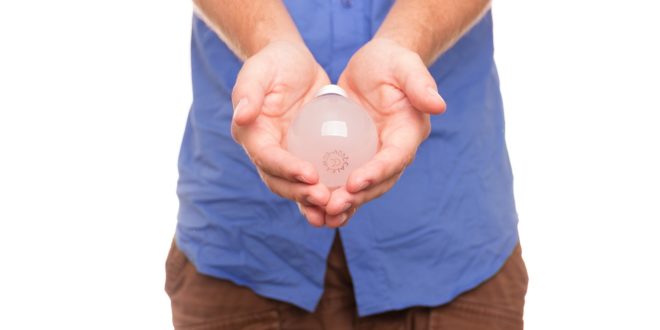Photo: pixabay.com
Our day-to-day lives are often busy and filled with a never-ending list of tasks, especially if you are a homeowner. Home ownership adds an additional level of commitment to covering small expenses that are necessary for maintenance and comfortable living. When it comes time to tackle these small projects, there are numerous things to consider including sustainability and overall cost.
For many modern homeowners, one of the primary “home-upgrade goals” is to create a more energy-efficient living space. A more energy-efficient home provides a wide array of benefits including, in many cases, a modest cost savings. With recent technological developments and a growing interest in sustainability, it isn’t necessary to give up style for sustainability either!
Although there are literally hundreds of ways to create a more energy-efficient home, taking small steps a few at a time is the best way to get going. Some of these small steps include becoming more educated on what a sustainable home can look like. Others include making small changes to reduce the energy suckers in your home and ultimately lower monthly bills in the process.
Check Those Pipes
Perhaps one of the single most disregarded sustainability tips in the home is in relation to the piping. On the surface, checking the plumbing can be daunting for people who are new to home improvements. However, this typically just means doing some preventative plumbing maintenance and searching the home for leaky faucets or clogged up drains that can cost a lot if left unattended.
Even small leaks can lead to a huge amount of additional water usage over time. For instance, a leaky faucet with a leak size of about half a millimeter can add an additional 475 liters of water usage per day to your bill. Regardless of the bill, that is a substantial waste of water in the first place!
Small leaks that eventually turn into large plumbing problems can be some of the most expensive home fixes in the long run. For instance, replacing the sewer system in a home can be upwards of $10,000 depending on the severity of the damage and the equipment required to complete the fix. Most of the time, these expensive things can be avoided and your home can become more sustainable by taking the time to make small fixes when they occur.
Cozy Up to Insulation
It may not come as much of a surprise, but according to the Department of Energy, a little over 50 percent of the monthly energy bill can be attributed to heating and cooling the home. This estimate remains constant across most common heating or cooling technologies that have been installed in homes including oil, gas, or electric. Luckily, there are a number of ways in which it is possible to increase the efficiency of heating and cooling homes and lower bills in the process.
Perhaps the most straightforward way to reduce your monthly bill is to turn the thermostat down in the winter. It is estimated that for every degree cooler on the heater, you save 1 percent on energy bills. Taking it a step further, one of the simplest fixes is to install a smart or programmable thermostat, which will allow you to reduce heating and cooling the house when nobody will be there. This can also be used to control which rooms are getting heated; after all, there is no point in heating a room you won’t go in all day!
Making sure your home has quality insulation in the walls and ceiling is the next step to reducing costs and boosting efficiency. Poor insulation can greatly increase the need to turn on heating and cooling systems and that has a substantial energy cost. A good start to finding out how energy efficient your insulation is is by getting a home energy audit, which can help identify areas where insulation may need some work.
Think About the Yard Too
In addition to energy suckers in the home, it is also important to consider the energy usage that goes into maintaining conditions outside of the home. These energy and resource suckers range from energy supply to how frequently the lawn is watered. Fortunately, many of the most significant boosts to energy efficiency outside are easy lifestyle fixes.
An easy example of this is water usage on the lawn. The U.S. Environmental Protection Agency estimates that every year over 3 trillion gallons of water go into maintaining lawns across the country. This is roughly 30 percent of total household water usage! There are numerous options for reduction in lawn water usage such as limiting watering days, replacing the lawn with native grasses that require less water, planting a garden in lawn space, or xeriscaping.
Considering installing a renewable energy option is another means of decreasing energy loss and increasing sustainability in your home. Depending upon where you live, solar panels or wind turbines may be great options, and often times there are funding sources available to help offset the costs of installation. These home modifications can actually be a great means of improving the value of your home as well; many home buyers are interested in purchasing homes with some level of renewable energy.
Of course there are a number of additional things that can be done to reduce energy use in your home. Checking the piping, upgrading the insulation, and considering the yard are three great first steps. Good luck!
 Alternative Energy HQ solar power for homes, wind energy, and bio fuel issues
Alternative Energy HQ solar power for homes, wind energy, and bio fuel issues








One comment
Pingback: Energy Suckers in a Home Near You